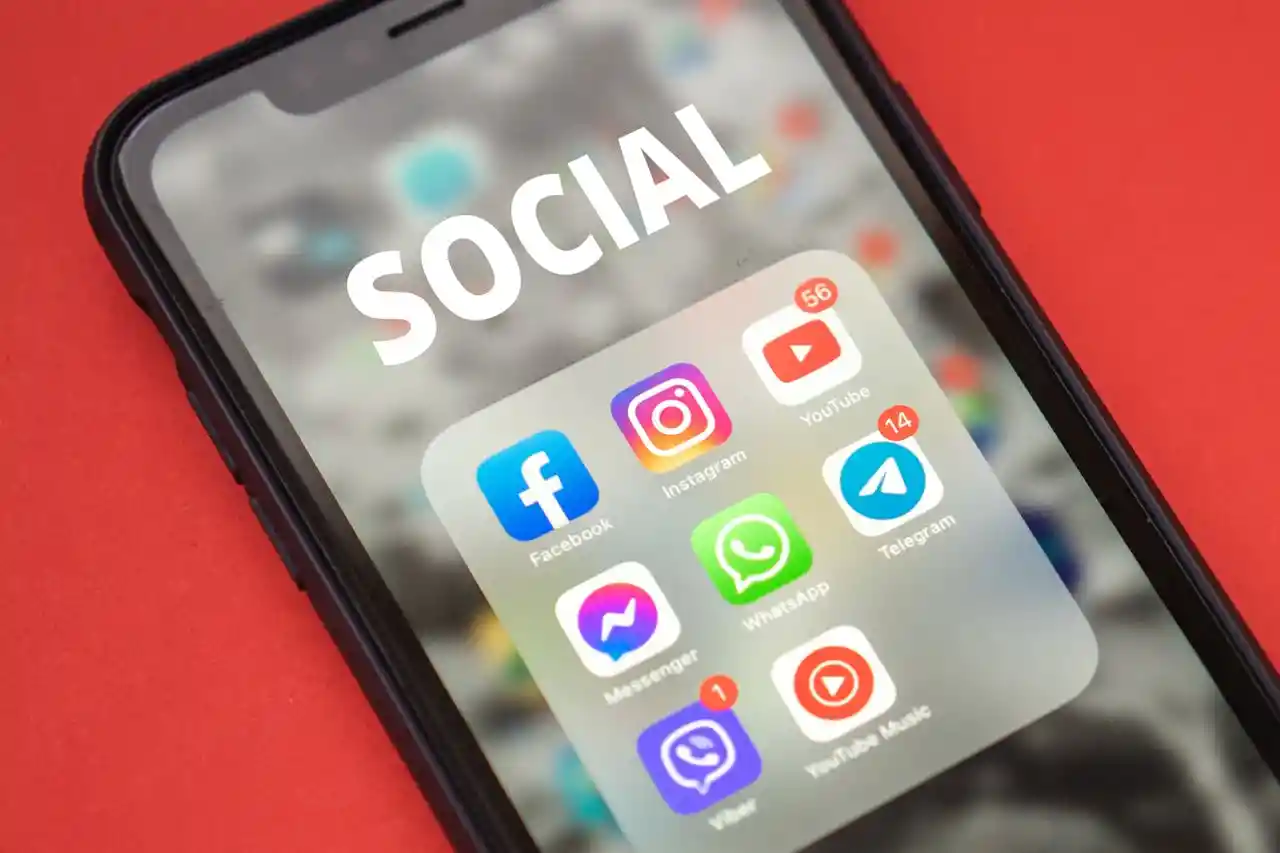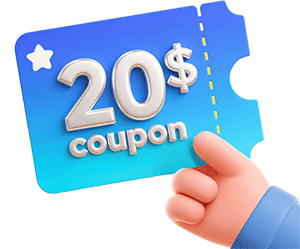
In 2025, dropshipping is more competitive than ever—and simply launching a store isn't enough. Without effective marketing, even the best product selection and sleekest storefront will sit unnoticed in a sea of lookalikes.
Whether you're just starting out or looking to boost an existing store, mastering the right marketing strategies is essential for standing out, driving traffic, and converting browsers into loyal buyers.
In this guide, we'll walk you through 16 proven, up-to-date ways to market your dropshipping store, based on what's actually working in today's fast-evolving digital landscape.
How to Market Your Dropshipping Store: 16 Effective Ways
1. Streamline Your Storefront Experience
Your online store should offer a frictionless, enjoyable experience. Focus on fast loading times, especially on mobile, since most customers shop from their phones. Use simple layouts, intuitive menus, and professional product imagery.
Make checkout effortless and eliminate distractions that might derail a purchase. Think of your website as a digital shop window—tidy, inviting, and conversion-focused.
2. Launch Targeted Ad Campaigns
Paid ads can bring quick traffic when used wisely. Choose platforms like TikTok or Instagram, where visually compelling content thrives. Start small by testing different formats—such as reels, story ads, or product carousels.
Use audience targeting to reach people by interests, behavior, or past browsing activity. Optimize based on real data, not guesses, and refine your approach weekly.
3. Show Up Consistently on Social
Being active on social media builds momentum and brand familiarity. Instead of only pushing products, create a blend of entertaining, informative, and relatable posts. Share customer photos, behind-the-scenes moments, or even memes relevant to your niche.
Post consistently—ideally daily—and interact with your followers to strengthen engagement and foster community.

4. Build and Nurture an Email Community
An email list gives you direct access to your customers without relying on algorithms. Offer something valuable—a discount, freebie, or helpful guide—in exchange for a sign-up.
Send regular updates that highlight product tips, new arrivals, or exclusive offers.
5. Create Urgency with Time-Limited Offers
People are more likely to buy when they feel a deal might slip away. Use countdown timers or limited-quantity badges to drive urgency. Promote flash sales or "weekend-only" discounts to motivate quicker decisions.
Time-sensitive promotions are particularly effective when paired with compelling visuals and bold calls-to-action across your channels.
6. Leverage Niche Influencer Partnerships
Micro-influencers with a strong rapport in your niche can do wonders for your brand. Rather than chasing big names, focus on creators whose audiences trust them and engage often. Offer free samples or affiliate commissions in exchange for authentic content.
Their personal endorsements act as social proof and can instantly boost visibility and credibility.
7. Share Insight Through Blogging
Blogging helps you attract organic traffic and position your brand as a helpful resource. Optimize with long-tail keywords and internal links to guide readers toward your product pages.
For instance, if you sell activewear, publish content on workout outfit ideas or tips for choosing the right clothing for different types of exercise.

Custom Men's Mesh T-Shirt - Print on Demand Fulfillment - PrintKK
8. Become a Trusted Voice in Online Communities
Authenticity sells. Join forums, Discord servers, or Facebook groups related to your product category. Offer thoughtful advice or join conversations without immediately promoting your store.
Once you've built rapport, it's easier to mention your products naturally. This grassroots marketing builds trust and drives high-intent visitors to your store.
9. Display Genuine Customer Feedback
Real user reviews add authenticity and reduce buyer hesitation. Enable product ratings and feedback sections on your product pages.
Ask for reviews after purchase and offer incentives like discounts on future orders. Featuring photos or videos from satisfied customers makes your listings more trustworthy and relatable.
10. Host Engaging Giveaways
A well-planned giveaway can bring massive attention in a short time. Choose an appealing prize and set entry rules that also grow your brand—like tagging friends or sharing your post.
Use giveaways to introduce your store to new audiences while rewarding your existing followers. Announce winners publicly and use the momentum to spotlight related products.
11. Use Short-Form Videos to Educate and Sell
Video content, especially short and snappy clips, is increasingly effective in eCommerce. Create videos that highlight product benefits, showcase real-world use, or tell quick stories.
Platforms like TikTok and YouTube Shorts favor this format. Keep it informal and relatable—polished production isn't as important as clarity and authenticity.
12. Improve Your Visibility Through SEO
Make your store discoverable by fine-tuning your on-page SEO. Use keyword-rich titles, image alt texts, and optimized meta descriptions.
Focus on customer search intent—think phrases like "best running shoes under $100" instead of just "shoes." The more precise and helpful your content, the better it will perform in search engine rankings.

Print on Demand Women's High Top Canvas Shoes Customized Tongue - Wear Accessories - PrintKK
13. Use Free Shipping as an Incentive
Shipping fees are a major turnoff. Offer free shipping—either sitewide or for orders over a certain amount—to lower barriers to purchase. Make this offer clear on your homepage and during checkout.
You can build the shipping cost into your product pricing if needed, but customers respond strongly to the word "free."
14. Re-Engage Visitors with Smart Retargeting
Most first-time visitors don't convert right away. Retargeting ads remind them of products they viewed or added to their cart. Use platforms like Facebook Ads or Google Display Network to re-capture their attention.
Include social proof, urgency, or special offers in your retargeting creatives to increase your return rate and maximize conversion potential.
15. Reward Loyalty with Repeat Buyer Perks
Encourage long-term relationships by offering incentives for return customers. Set up a point-based loyalty program where purchases, referrals, or social actions earn rewards.
Small bonuses—like free gifts after a few orders or early access to sales—go a long way in building emotional connections and increasing customer lifetime value.
16. Let Data Drive Your Decisions
Don't rely on guesswork. Use analytics tools to understand which products perform best, where customers drop off, and what traffic sources bring in the highest ROI.
Run A/B tests on your ads, emails, and website layout. The more data you collect and act upon, the more efficient and effective your marketing becomes over time.
Where Small Budget Startups Should Invest in Marketing This Year
Starting a dropshipping store in 2025 is exciting—but also challenging, especially when your marketing budget is tight. With so many options out there, it can be hard to know where to put your money and effort. Here's where you should focus, especially if you're just getting started.
1. Forget Fancy SEO—Start Small and Specific
You've probably heard that SEO (Search Engine Optimization) is key. And while it can bring in traffic, here's the truth: unless your site already has strong authority, you're unlikely to rank high for competitive search terms.
Trying to chase big keywords right away? That's not the best move when your budget is limited.
For example, instead of trying to rank for "running shoes," go for something like "lightweight trail shoes for women." You'll face less competition and be more likely to reach people who need what you're selling right now.
2. Be Smart with Paid Ads—Don't Let the Platform Do the Work
Paid ads can be great—but only if you understand how they work. Platforms like Meta (Facebook, Instagram) or Google want you to let them run everything for you with tools like Advantage+ or Performance Max. But those tools often need a lot of conversions to work well—too many for most new startups.
Instead, try taking control yourself. Test small, focused ad sets. Use custom audiences and lookalikes based on real customer data. And don't be afraid to explore less crowded platforms like Reddit Ads.
These often have lower costs and more targeted reach, especially if your audience hangs out in specific subreddits.
3. Make Content—But Keep It Real
People don't want to read long blog posts or watch boring brand videos anymore. What they want is short, useful, or entertaining content. So if you're planning to be active on social media, don't just schedule generic posts using AI tools.
Instead, focus on one or two platforms where your audience is active. Make real, simple content that shows your brand's personality. A behind-the-scenes clip, a short product demo, or even a quick video answering a common customer question can go a long way.
For B2C brands, TikTok and Instagram Reels are strong options. For B2B, consider putting effort into LinkedIn, where you can build trust and show expertise.
4. Test Small, Kill Fast, Repeat
The most important thing? Keep testing. You won't know what works until you try. And if something doesn't move the needle—stop doing it. Try another channel, message, or format.
This "test and learn" approach keeps your budget safe and helps you find what actually gets results.

How to Use Facebook Ad Comments to Increase Sales
Why Comments Matter
Comments can make or break your ad performance. If people are curious about your product, they'll scroll through the comments before clicking.
If they see helpful replies, good reviews, or answers to questions, they're more likely to trust you and buy.
But if the thread is full of spam, angry reviews, or worse—comments from your competitors—your chances of making a sale drop fast.
What the Data Shows
A well-known brand like AG1 gets a lot of comments on their Facebook ads—usually around 100 or more per ad.
Many of these comments are positive or helpful, but some, roughly about 10%, are spam or competitor messages saying things like "This tastes better" or "Too expensive—try ours instead."
Even though the brand replies to some comments, many negative threads can still stay visible and affect how people see the ad.
How to Manage Comments Effectively
So, what can you do? First, keep comments turned on if you can handle them. You'll get social proof and real customer questions.
Then, make sure someone is checking in on those comments regularly. A quick reply like "Thanks for your question!" or "We're DMing you now" shows that you're present.
For negative stuff, try to respond politely or hide it if it breaks the rules. And if a competitor shows up? Don't panic. Respond calmly or delete if needed.
Should You Turn Off Comments?
Some businesses turn off comments to avoid trouble, and that's okay too—especially if your ads tend to attract the wrong kind of attention. But if you can manage it, keeping the conversation going in the comments can build trust and help you stand out.
The comment section isn't just noise. It's a part of your ad strategy—and a chance to turn viewers into buyers.

Why AI Alone Can't Buld Your Authentic Personal Brand
AI tools offer speed—polished captions, neatly formatted posts, and consistent output. But they can't replicate your unique voice. The quirks, dry humour, or quiet warmth that make your presence distinct simply don't translate. Imagine a robot telling your story. It might sound clean—but it lacks depth.
Take a scroll through LinkedIn. You'll find countless AI-generated posts: structured "humble brags," recycled advice, and overly polished reflections. They often blur together. Why? Because people are drawn to real voices, not reworded templates.
One founder even shared that a client met him after exchanging messages on LinkedIn—only to realise the conversation had been written by a bot. The trust instantly crumbled.
It's natural to want your content to sound perfect. But perfection often feels flat. AI tends to smooth over the very things that make you relatable—awkward phrasing, humour, honest opinions. Ask yourself: would you feel close to someone who only spoke in rehearsed sound bites?
That's not to say AI isn't useful. It's great for brainstorming, editing, or structuring thoughts. But hitting "generate" and posting it as-is? People can tell. They've seen those same positive phrases and vague insights in dozens of other posts.
Your audience wants to hear you—not an AI-generated version of what a "thought leader" should sound like.
Here's a better approach: let AI assist you, not speak for you. Write a rough draft about a real experience—especially one where something didn't go as planned.
Use a tool to tidy up grammar or flow, but keep your natural expressions, personal examples, and tone. That's what makes it genuine. Your voice is your fingerprint. No tool can replace that.
Read More:
- 35 Best AI Tools for Small Businesses to Boost Efficiency
- 12 Leading AI Dropshipping Website Builders: Boost Your Online Store
Expert Tips
Marketing your dropshipping store in 2025 means trying different things, staying flexible, and always learning. You don't need to do everything at once—but you do need to show up where your customers are and speak their language.
From using social media ads and email marketing to improving your product pages and replying to comments, every piece plays a part.
Focus on what works, stay consistent, and adjust as you learn more about your audience. You've got everything you need to make it work.
FAQs
Is $100 Enough for Dropshipping?
You can start dropshipping with $100. Use it for a website, ads, and product samples. Focus on low-cost marketing like social media to grow. Profits depend on smart spending and effort.
Can I Make $10,000 per Month Dropshipping?
Earning $10,000 monthly is possible but tough. Choose high-demand products and optimize ads. Build a strong brand and scale gradually. Success takes time, good suppliers, and consistent marketing.
What Are the Most Suitable Products for Dropshipping?
Trending items like phone accessories, eco-friendly gear, or pet products work well. Pick lightweight, easy-to-ship items with good margins. Research platforms like AliExpress to find popular niches.
What Is the Best Dropshipping Supplier?
No single supplier is best. Spocket, CJ Dropshipping, and PrintKK are popular for variety and reliability. Choose one with fast shipping and quality products that fit your store's niche.










 Global Shipping
Global Shipping






 Made in USA
Made in USA























